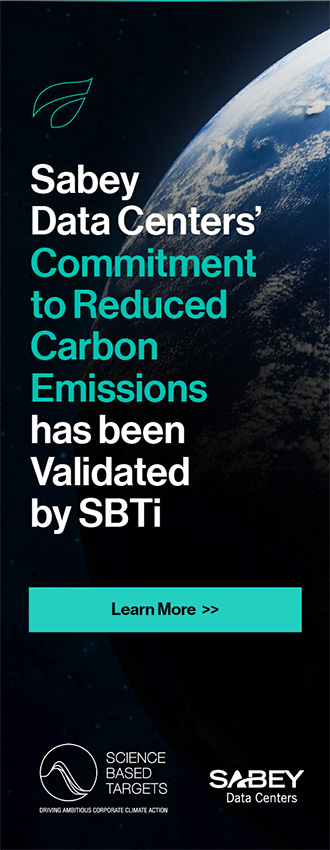PATRICK DREW
With over 24 years of experience in the industry, Patrick Drew has worked in various roles from Network Engineer to Data Center Manager for multinational organizations covering Europe, North America, and Asia. He successfully completed the Business Sustainability Management program from the University of Cambridge Institute for Sustainability Leadership (CISL) and he delivers the Certified Data Center Sustainability Professional (CDCSP¨) program.
What is sustainability, and why is it important?
The word sustainability comes from the verb “to sustain,” or to provide support and prolong or preserve something. The Oxford English Dictionary describes sustainability as “The property of being environmentally sustainable” or “the degree to which a process or enterprise is able to be maintained or continued while avoiding the long-term depletion of natural resources.”
However, the definition most quoted is around “meeting the needs of the present without compromising the ability of future generations to meet their own needs.” This definition comes from the Brundtland Report, also called Our Common Future, a publication released in 1987 by the World Commission on Environment and Development (WCED). It’s important to remember that we only have a finite level of natural resources on this planet, and we are consuming them at an ever-increasing rate. If current population and consumption trends continue, by the 2030s, humanity will need the equivalent of two Earths to support human life, according to the 2018 Global Footprint Network report.
What do you mean by “natural resources”?
Almost everything we do involves materials that have been removed from the earth. These natural resources—minerals, water, gas, oil, metal ores, and so on—are processed, converted, bought, sold, and often moved around the world.
Our consumption of these materials is accelerating, which in turn worsens climate breakdown, increases pollution, and seriously impacts biodiversity. Fresh water reserves, sea life, and forests are dwindling, many species are under threat of extinction, and fertile land is being irreparably damaged.
Is sustainability just about our natural resources?
Sustainability is not just about environmental degradation and climate change—it’s also connected to poverty, inequality, and peace and justice. An appreciation for the interconnectedness of these challenges needs to be considered: we need innovative, sustainable solutions that address these global issues with society, the environment, and the economy in mind. We need to move away from providing temporary, short-term solutions to one piece of the puzzle.

What are the three pillars of sustainability?
Sustainability is often broken down into three interconnected categories: social sustainability, economic sustainability, and environmental sustainability. Together, these topics are known as the three pillars of sustainability.
While interpretations of the individual pillars can vary, when they are balanced together, they imply that sustainability is being achieved. Conceptually, true sustainability requires an even consideration of the three pillars.



